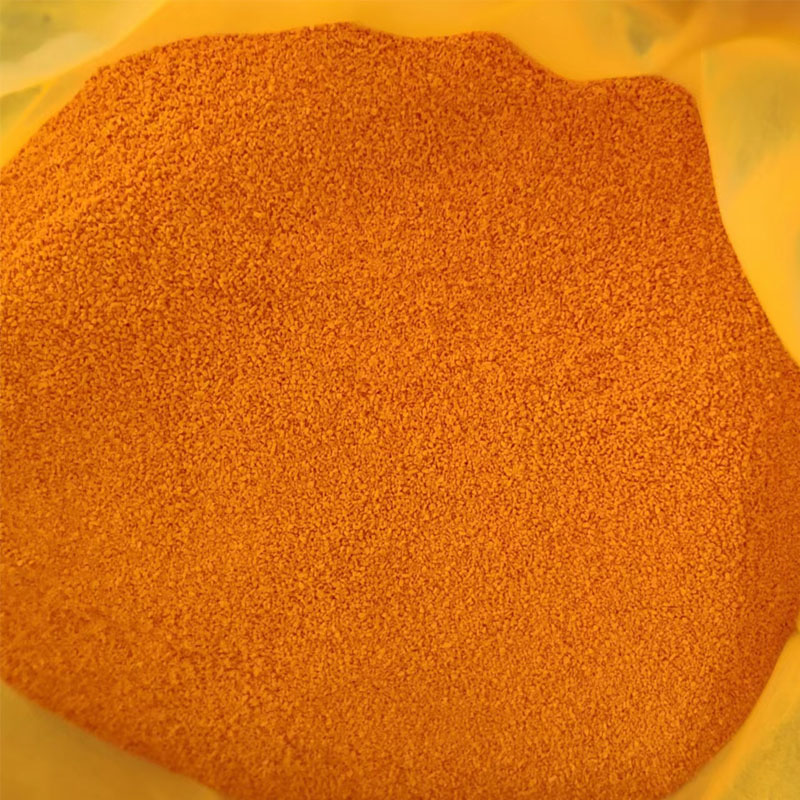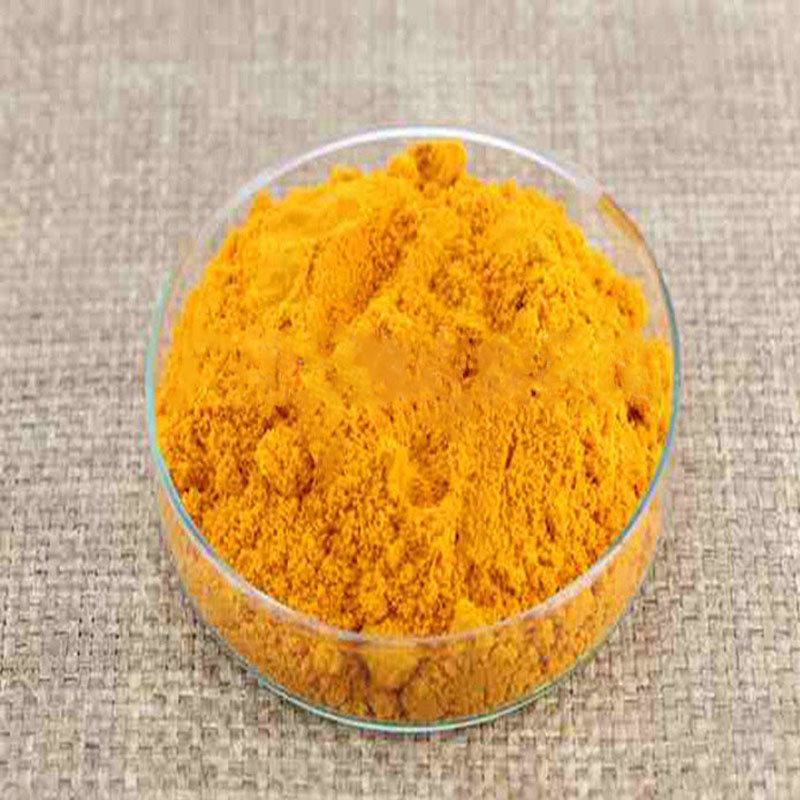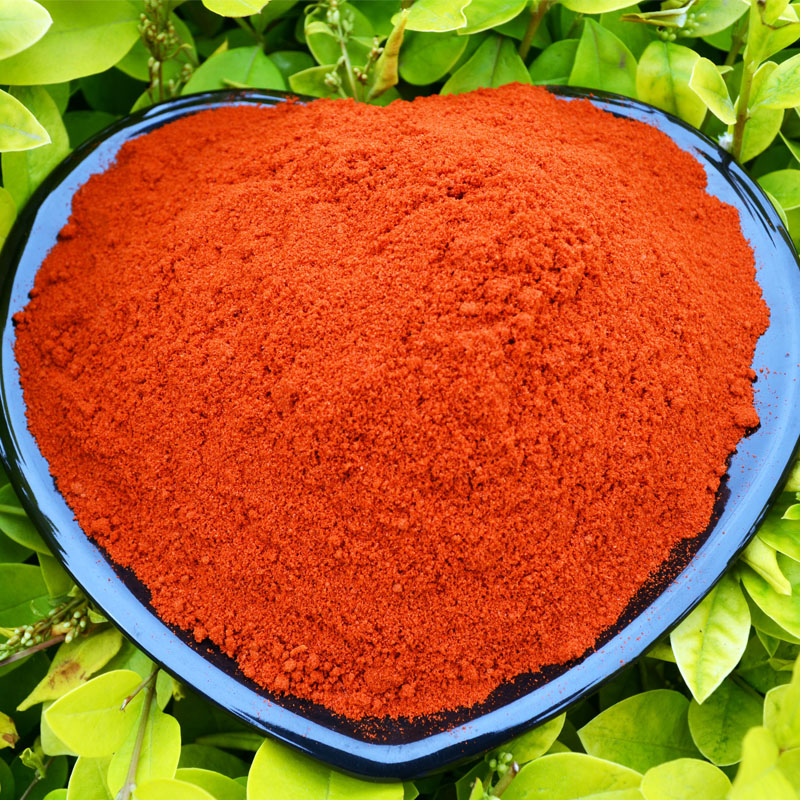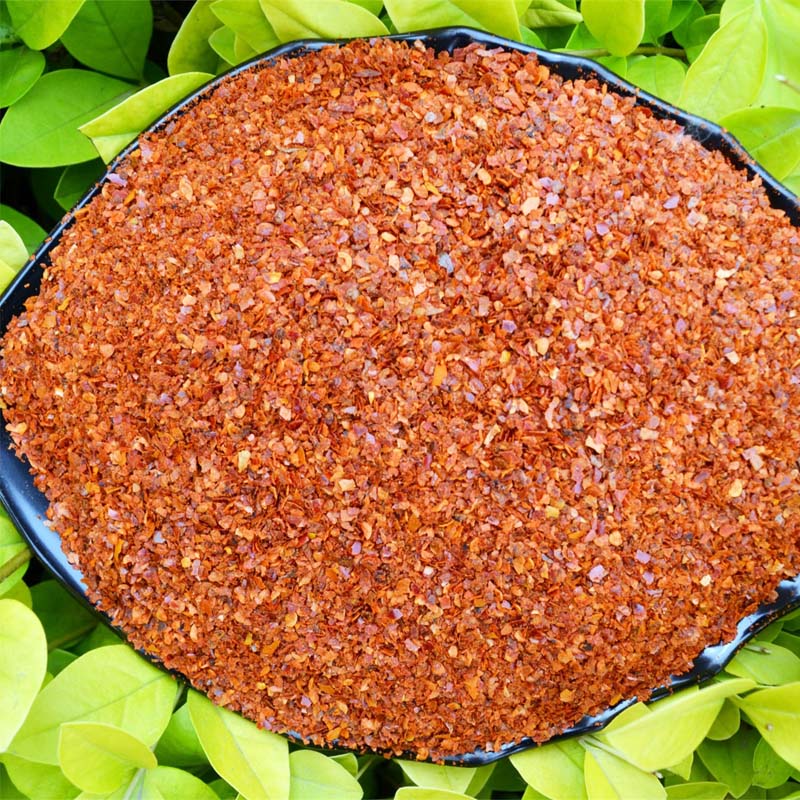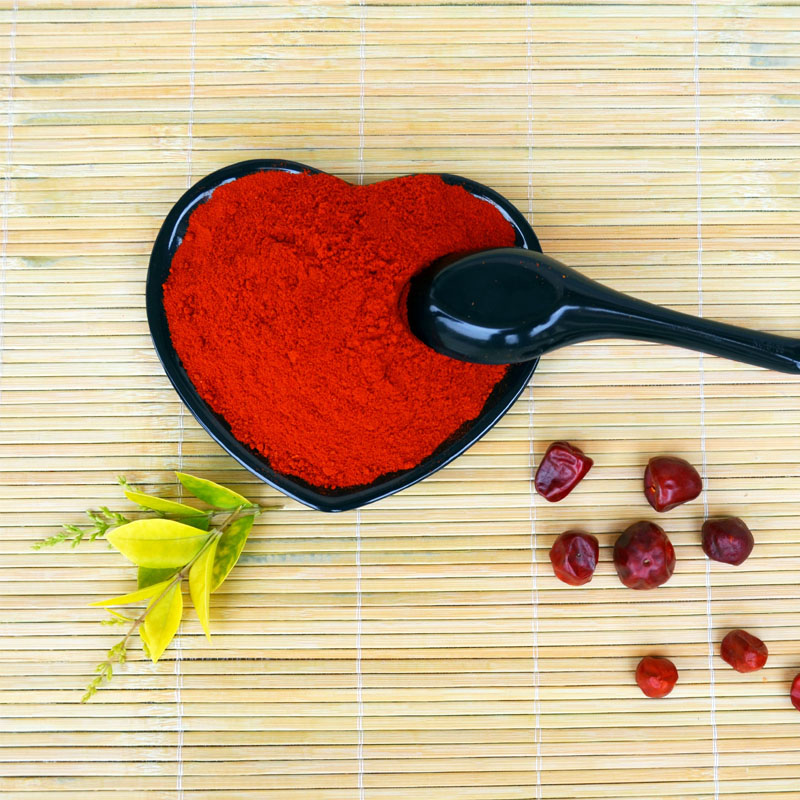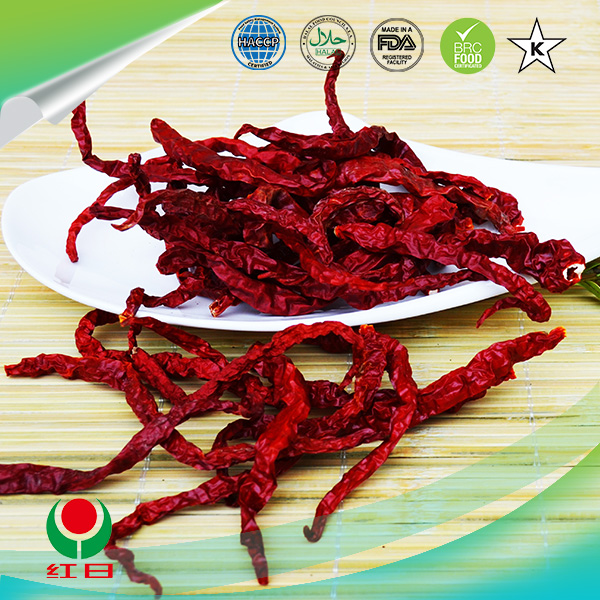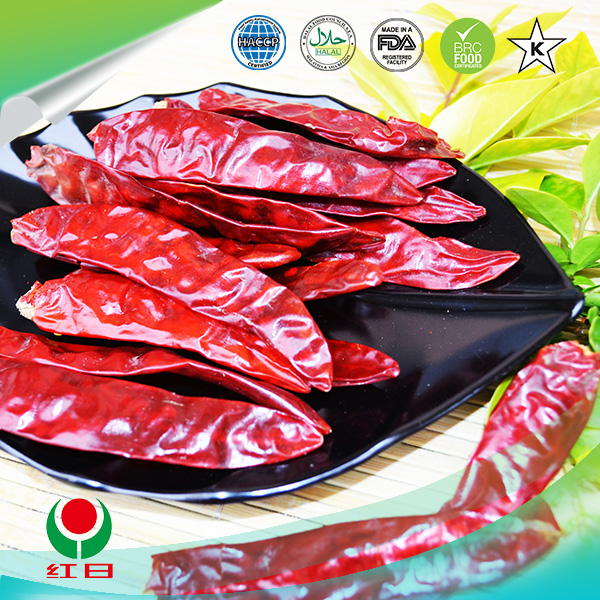- No. 268 Xianghe Street, Economic Development Zone of Xingtai city, Hebei 054001 China
- Byron@hbhongri.cn
dried red chile pods
The Vibrant World of Dried Red Chile Pods
Dried red chile pods are a staple in numerous cuisines around the globe, celebrated for their vibrant color, rich flavor, and the unique depth they bring to various dishes. Originating from the Capsicum annuum plant, these pods come in many varieties, each with its own distinct profile ranging from mild sweetness to fiery heat. The transformation from fresh chiles to dried pods not only intensifies their flavor but also prolongs their shelf life, making them an essential ingredient in households and kitchens worldwide.
From the bright red of the Kashmiri chile to the deep crimson hues of ancho and guajillo, dried red chile pods are a feast for the eyes
. The process of drying is traditionally done under the sun or using dehydrators, which concentrates the natural sugars and flavors. This method of preservation is ancient and reflects a deep understanding of culinary techniques passed down through generations, particularly in cultures where spices play a dominant role in cuisine.In Mexican cooking, dried red chiles are integral to the preparation of salsas, sauces, and marinades. One of the most popular dried chiles used is the ancho, which originates from the poblano pepper. With its mild to medium heat level, it boasts sweet undertones of raisin and chocolate, making it perfect for rich mole sauces. Similarly, the guajillo chile, known for its bright red color and tangy flavor, is often used in adobos and enchiladas, contributing a complex heat that enhances the overall taste of dishes.
In American southwestern cuisine, particularly in New Mexico, dried red chiles are a symbol of regional identity. The famous New Mexico chile is often ground into a powder to create chili powder, a ubiquitous seasoning that adds warmth and spice to everything from stews and soups to grilled meats. The state's annual Chile Festival showcases this pride, gathering communities to celebrate the harvest and the myriad ways these pods can be prepared.
dried red chile pods
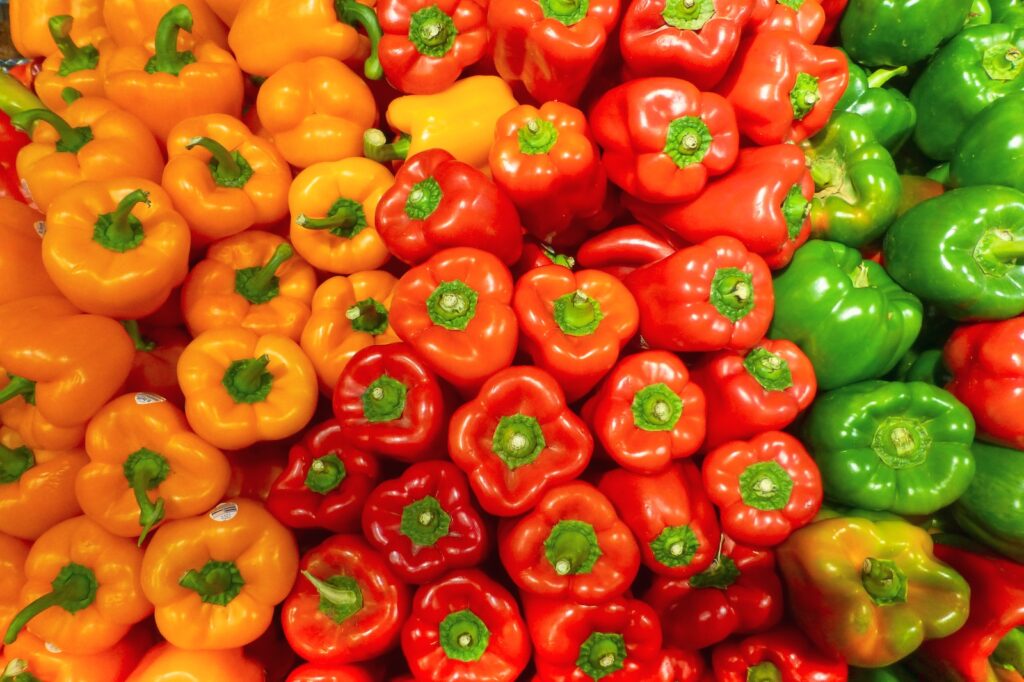
Exploring the world of dried red chiles also leads to discovering their health benefits. Rich in vitamins A and C, these pods are a great source of antioxidants. Capsaicin, the compound responsible for the spiciness in chiles, is known for its anti-inflammatory properties and has been linked to various health benefits, including improved metabolism and pain relief. Incorporating dried red chiles into one's diet can thus offer culinary pleasure alongside numerous advantages.
Cooking with dried red chile pods does require some preparation. Typically, they are rehydrated before use. This can be done by soaking them in hot water for about 20 to 30 minutes until they become plump and tender. The soaking liquid can also be utilized in recipes to enrich the flavor further. Once rehydrated, chiles can be blended into pastes or chopped into salsas, providing an incredible flavor base for numerous dishes.
However, it’s crucial to approach dried red chiles with an understanding of their heat levels. Different varieties range in Scoville Heat Units (SHU), from relatively mild options like the California chile to the fiery habanero. Home cooks should taste and experiment with different types to discover what best suits their palates and those of their guests.
In conclusion, dried red chile pods are much more than a mere ingredient; they are a culinary bridge connecting diverse cultures and traditions. The rich flavors and vibrant colors they introduce into cooking are irreplaceable, making these pods a beloved choice in kitchens around the world. Whether used in a traditional recipe or incorporated into modern dishes, dried red chiles offer an exciting journey for the taste buds, reminding us of the simplicity and creativity that food can inspire. Embrace the warmth, depth, and allure of dried red chile pods in your cooking; they are sure to elevate your culinary creations to new heights.
-
Unlock the Power of Nature with Capsicum Oleoresin ExtractNewsJul.03,2025
-
Unleash the Heat: Discover the Wonders of Spicy Crushed Red PepperNewsJul.03,2025
-
Unleash the Flavor of Red Pepper Pods – Elevate Your Culinary Creations!NewsJul.03,2025
-
The Rich Flavor of Red Pepper Dried – The Ultimate Ingredient for Your Culinary Creations!NewsJul.03,2025
-
Discover the Rich Flavor of the PaprikaNewsJul.03,2025
-
Discover the Flavorful World of Paprika & Chili ProductsNewsJul.03,2025
